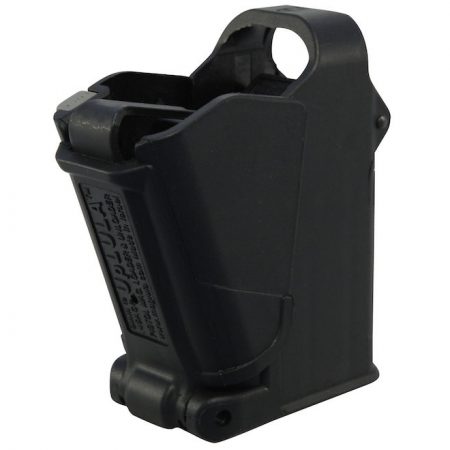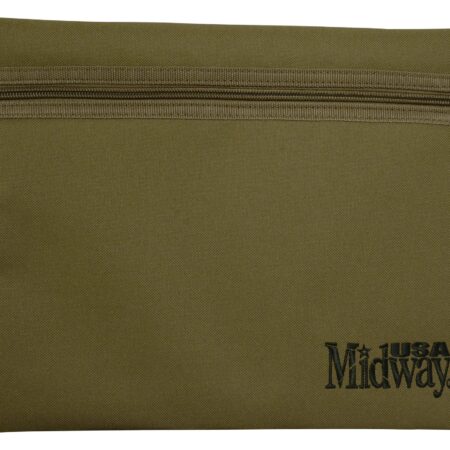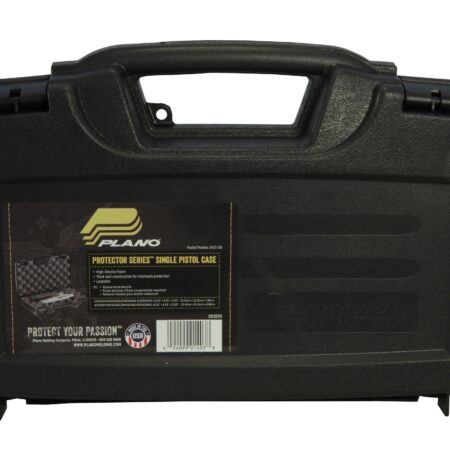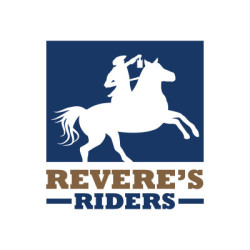What to Bring—Basic Pistol
The most common question we are asked is “what to bring?” This page provides some guidelines that will ensure you have the best experience at one of our events. The specific products and vendors below are just suggestions or examples of a type of product that may work well for you. There are many other similar gear options.
All Events
- Our volunteers are neither gunsmiths nor armorers; please ensure your firearm is safe and functional!
- Eye and ear protection is required at all events. We highly suggest electronic ear protection as it makes it easier to hear instruction and line commands.
- Use only the correct ammunition for your gun. Most guns have the proper ammunition type stamped on the barrel. Do not shoot without the proper ammunition. Revere’s Riders strongly suggests the use of factory ammunition. Handloads are generally not necessary at our service-rifle and pistol inspired events—originally these events were intended to be fired with bulk issue “ball” ammunition!
- Dress appropriately for a day outside at a firing range (closed-toe shoes, high neck shirts, long sleeves if weather allows, etc). Our events occur rain or shine. Dress for the weather!
- Avoid loose-fitting clothing, especially around the neck line. You don’t want hot brass going down your shirt!
- A hat with brim will keep the sun out of your eyes and deflect any hot brass headed towards your face.
- Bring a pad and paper for taking notes.
- Bring a pen or marker for taking notes and marking your targets.
- You may want to bring gloves. They protect your hands in inclement weather and also keep your hands from getting torn up working through drills.
- A towel or mat is useful for using in the prone position as well as covering your firearm in inclement or hot weather during breaks.
- A folding chair is nice to have during lunch and history presentations.
- For full day events, pack a lunch (note that a few events will provide lunch; the event listing will specify if lunch will be provided).
- Bring snacks and water. Proper hydration is essential—in the summer plan on one quart per hour as a rule of thumb and supplement your water with sports drinks, salty snacks, etc.
We have a selection of recommended general safety equipment on the What to Bring–All Events page.
Basic Pistol
Most important is to bring a safe and functional pistol. If you haven’t cleaned your pistol, setting aside time before the event to clean it would be a good idea. If you have doubts about the safety of your pistol, now would be a good time to have it looked over by a qualified gunsmith or armorer. Please note that you should leave any pistol that is not “drop safe” at home (see below).
- Pistol Type: We suggest a full-size service or target pistol. Examples include a Ruger Mark IV target pistol, a S&W M&P full size, a Glock 17, a 1911, or a Ruger GP-100 model. There are many more service and target pistols available — the previous list is just a short set of common examples. That said, if you want to learn to shoot your compact pistol better then we will teach you on the platform you bring.
- Caliber: Any caliber (rimfire or centerfire, .22LR to .45 ACP) will do. However, those new to pistol shooting will likely benefit from beginning with a pistol chambered for .22LR due to the reduced recoil.
- Magazines: If you have a magazine fed pistol, at least two magazines will be helpful.
- Holsters: Basic pistol events will not require a holster. We run a cold range and will not be drawing from the holster in the basic class. Of course, you may bring a holster to use for wearing your sidearm before and after the event.
- Drop safe pistol: Older single-action pistols manufactured before the 1980s and lacking a transfer bar safety are the most common type of pistol that lack drop safe design features, as do some military surplus imports from Eastern bloc countries, Taurus PT-series pistols not fixed during an international safety recall in 2015, Walther CCP series pistols not fixed during a safety recall in 2017, Sig P320 pistols not fixed during a safety upgrade in 2017, and Canik pistols not fixed during a Severe Duty Upgrade in 2017. These pistols may discharge if dropped and pose a potential safety hazard to our volunteers and students and are not permitted. If you have concerns about the safety features of your pistol you should have it inspected by an armorer or gunsmith before the event.
Recommended Basic Pistol Equipment
Below is a list of equipment that our instructors have found to be functional, durable and useful:
-
 Buy from MidwayUSAMORE INFO
Buy from MidwayUSAMORE INFOMaglula UpLULA Pistol Magazine Loader
The UpLULA is a military-grade, pocket-size, universal pistol magazine loader and unloader designed to load and unload virtually all 9mm Luger up to .45ACP single and double stack magazines of all manufacturers. It also loads most .380ACP single and double-stack mags, and 1911’s mags. The UpLULA loader does it all easily, reliably, and painlessly!
-
 Buy from MidwayUSAMORE INFO
Buy from MidwayUSAMORE INFOMidwayUSA Range Bag Pistol Case
Measuring 13.5″ x 10″, this case fits a variety of handguns. Constructed of durable 400D PVC coated polyester and a heavy duty zipper, this case can be used as a stand alone gun case, incorporated into your current range bag, or as part of your MidwayUSA Competition Range Bag System.
-
 Buy from MidwayUSAMORE INFO
Buy from MidwayUSAMORE INFOPlano Protector Single Pistol Case
Featuring thick-wall construction, molded-in handles secure latches and padlock tabs for secure storage this Plano case holds a single pistol with room for accessories. The Protector Series of cases offer one of the best value to price relationships available.
